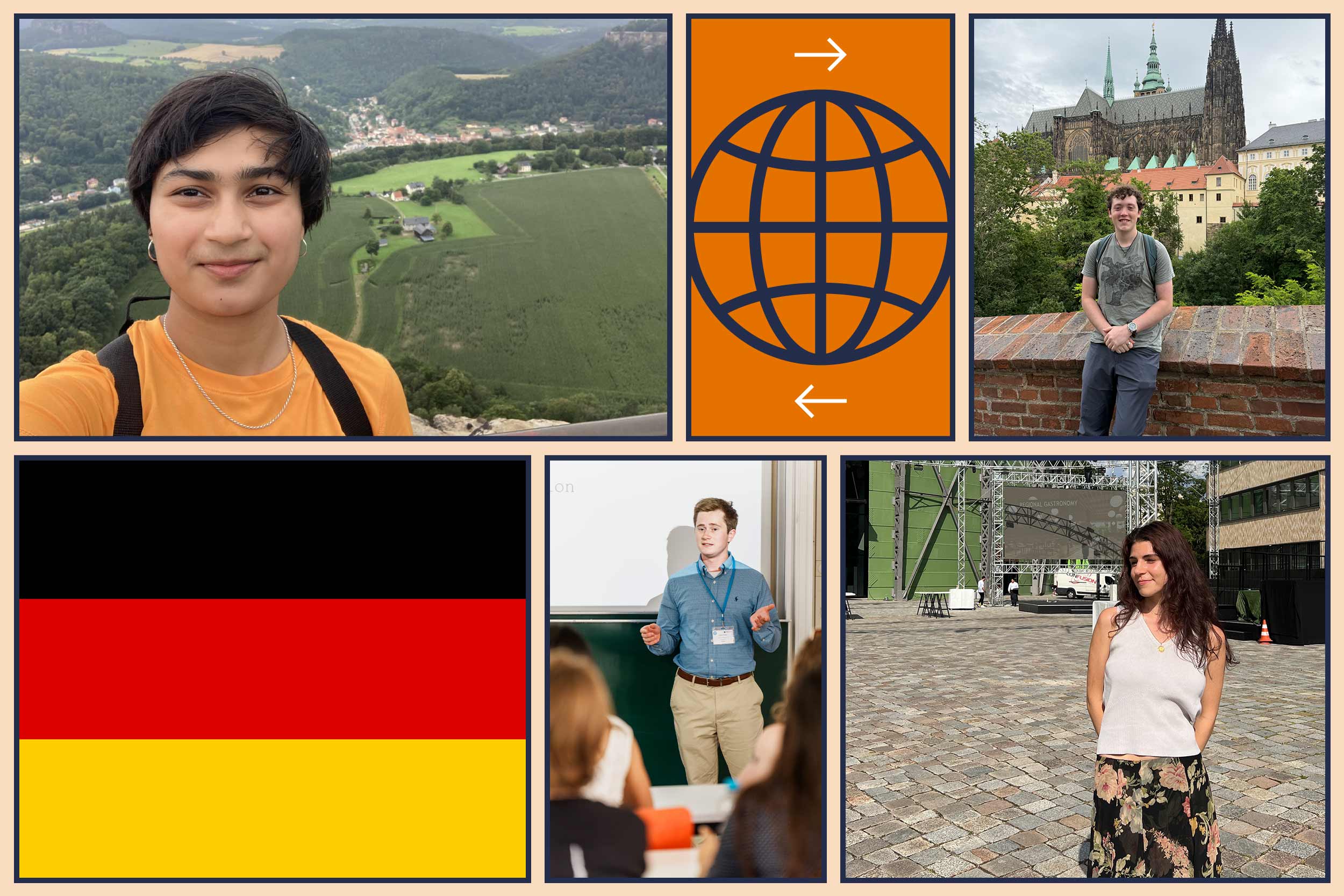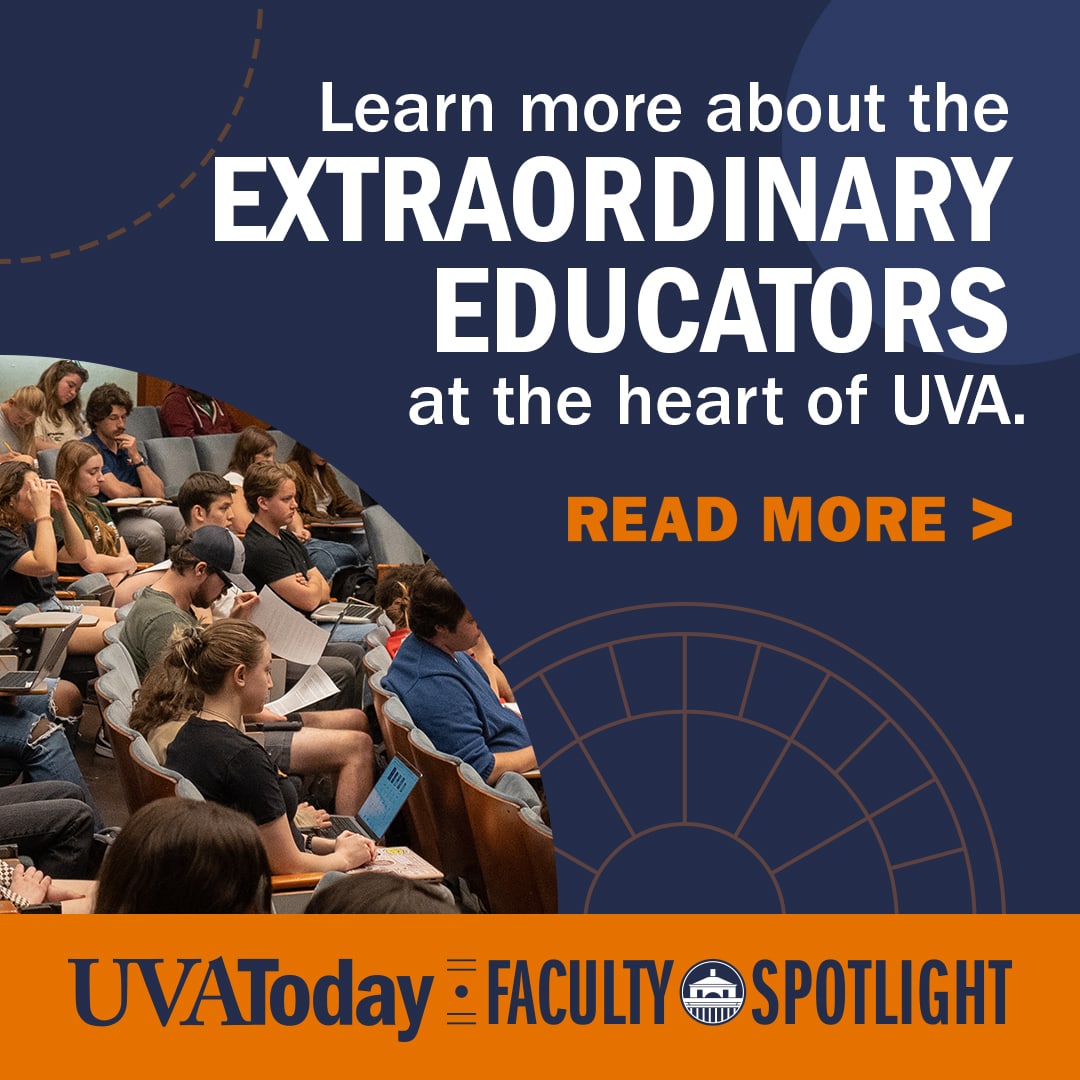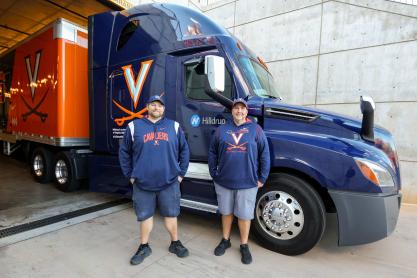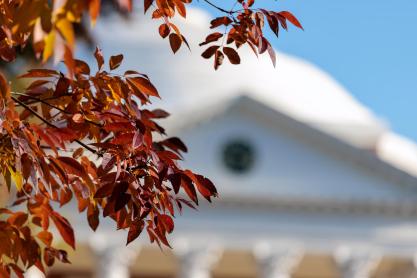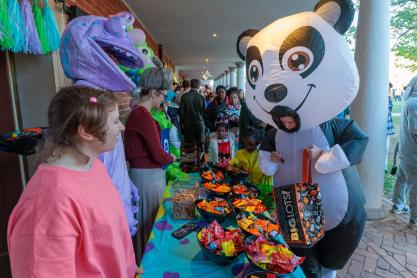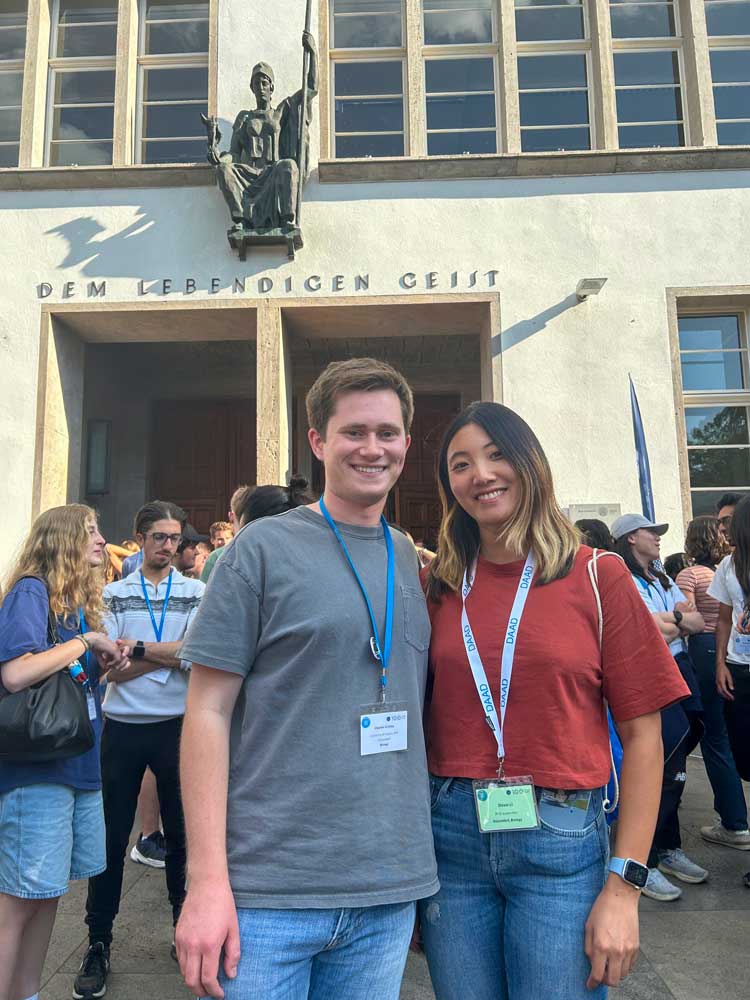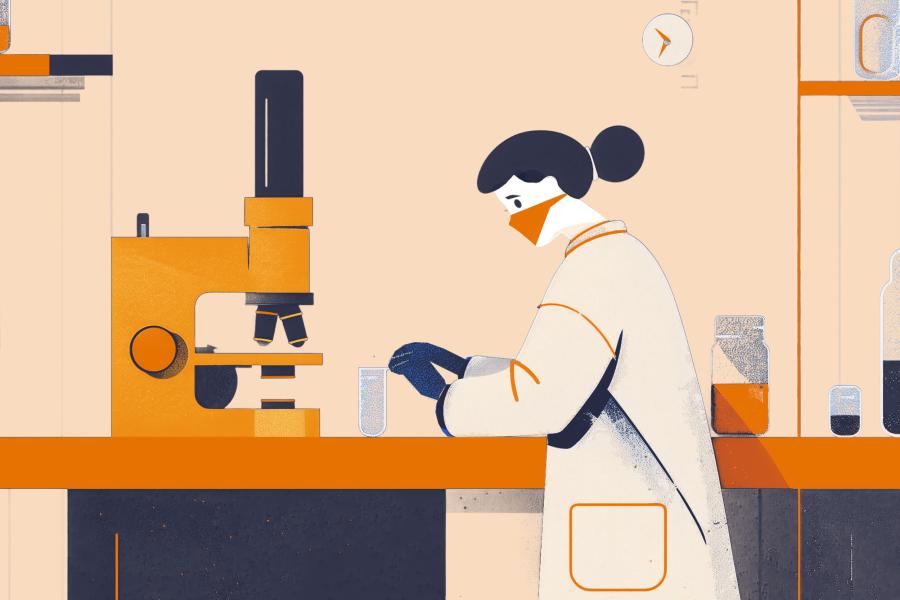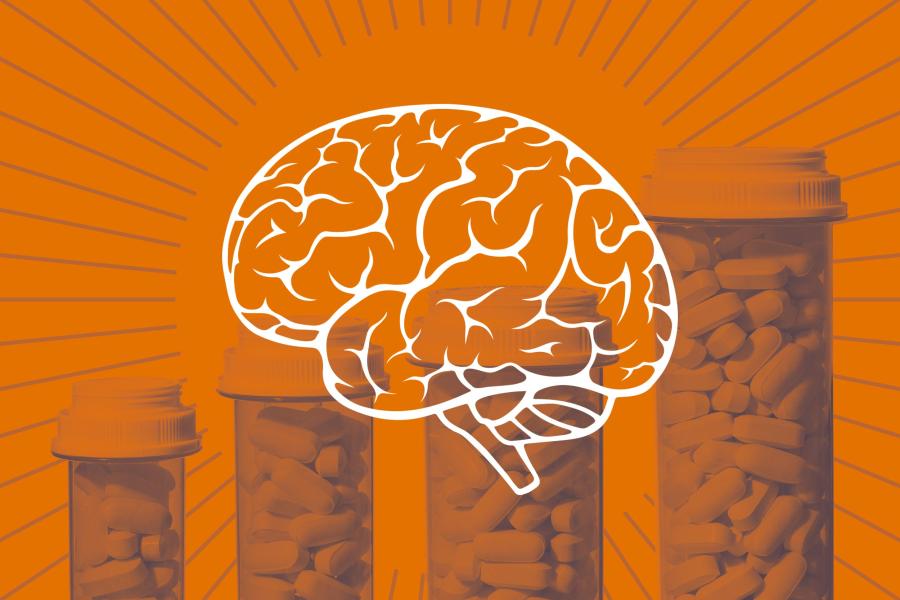Four University of Virginia students pursued research opportunities in Germany this summer, taking advantage of the German Academic Exchange Service’s Research Internships in Science and Engineering to expand their studies.
“We have a great partnership with DAAD RISE, and our students are great candidates for this competitive opportunity,” Andrus G. Ashoo, director of the Office of Citizen Scholar Development, said. “It is wonderful to have more students pursuing research in a foreign environment, and Germany is a great location because they do all of their STEM research in English.”
Gabriel Powers
Gabriel Powers, a third-year computer science and linguistics major from Arlington, spent the summer in Dresden, Germany, working on an open-source project that makes it easier to view, edit and share digital building design files.
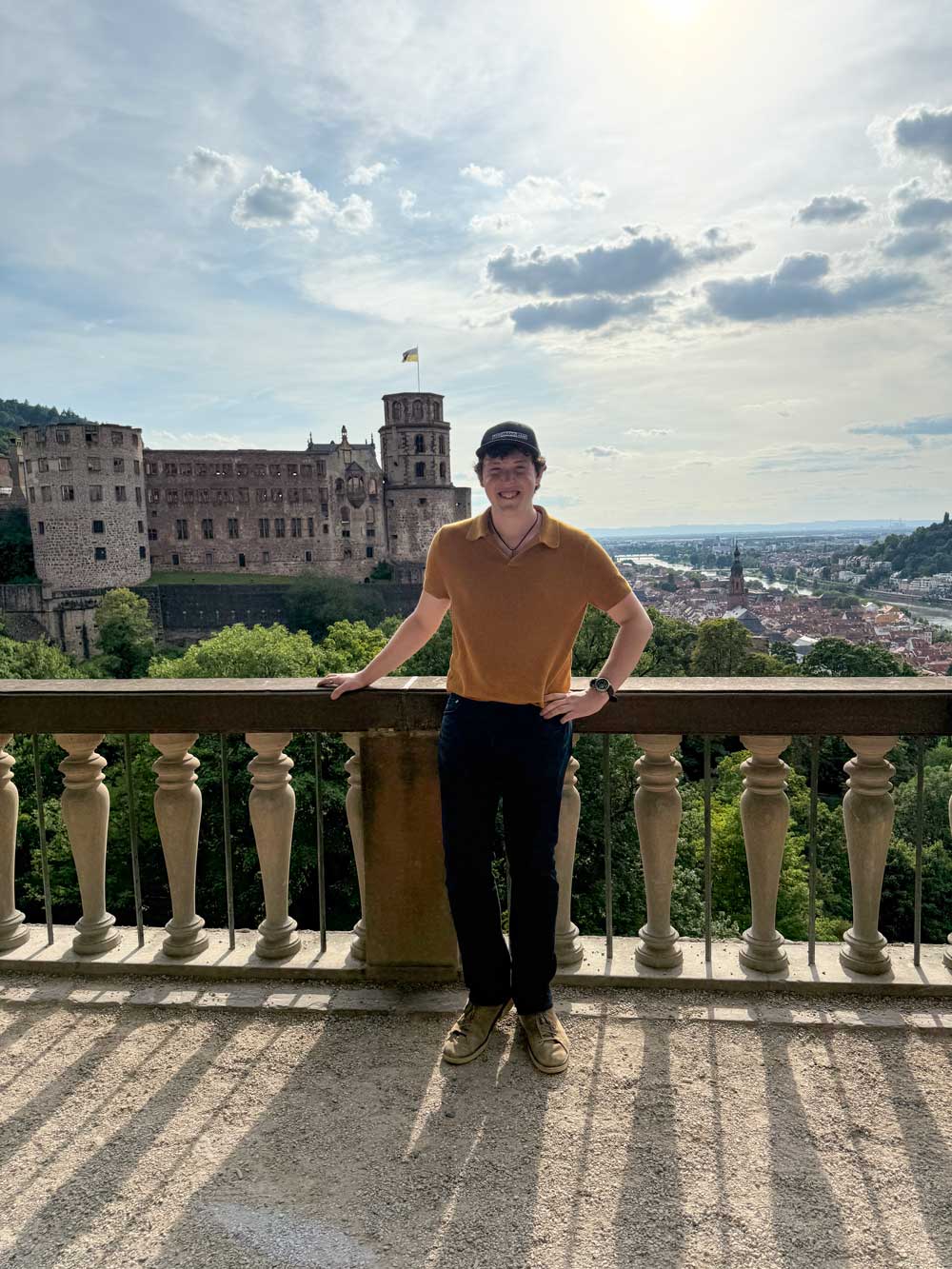
Gabriel Powers is working on 3-D modeling in an open-source project that makes it easier to view, edit and share digital building design files. (Contributed photo)
“IFC files house data and metadata surrounding architectural modeling,” Powers said. “They allow one to view a 3-D model along with properties on each attribute, such as the dimensions and owner history of a shed, for example, or the walls and roof panels that make it.
“BIM is used globally in companies such as Bechtel or Gmp Architekten to design buildings and structures and give construction sites data-filled 3-D models to work with,” Powers said. “In Europe, many of the large-scale EU architecture and construction companies use our server specifically to create and manage their projects.”
Powers said he wanted to familiarize himself with a program many firms across Europe use.
“I designed the structure of the code – how the program would run – and I am personally writing the code for the server-side logic while others are working on the client-side logic,” he said. “This specific application for dealing with these files, BIMServer, is primarily Euro-centric.”
Powers is continuing his research now that he has returned to UVA.
Living in Germany also helped his language skills.
“Being there definitely helped with my linguistics degree, as much of it is understanding language at a personal level, which you can only do if you spend lots of time with it in its natural habitat,” Powers said. “I did know German beforehand, but only through school. The ‘everyday’ German that is spoken is very different to a formal school setting, which was a pleasure to learn. Undergoing this experience has only furthered my love for both of my fields.”
Mary Cotter
Mary Cotter, a fourth-year mechanical engineering major with a computer science minor, spent the summer in Berlin studying energy systems.
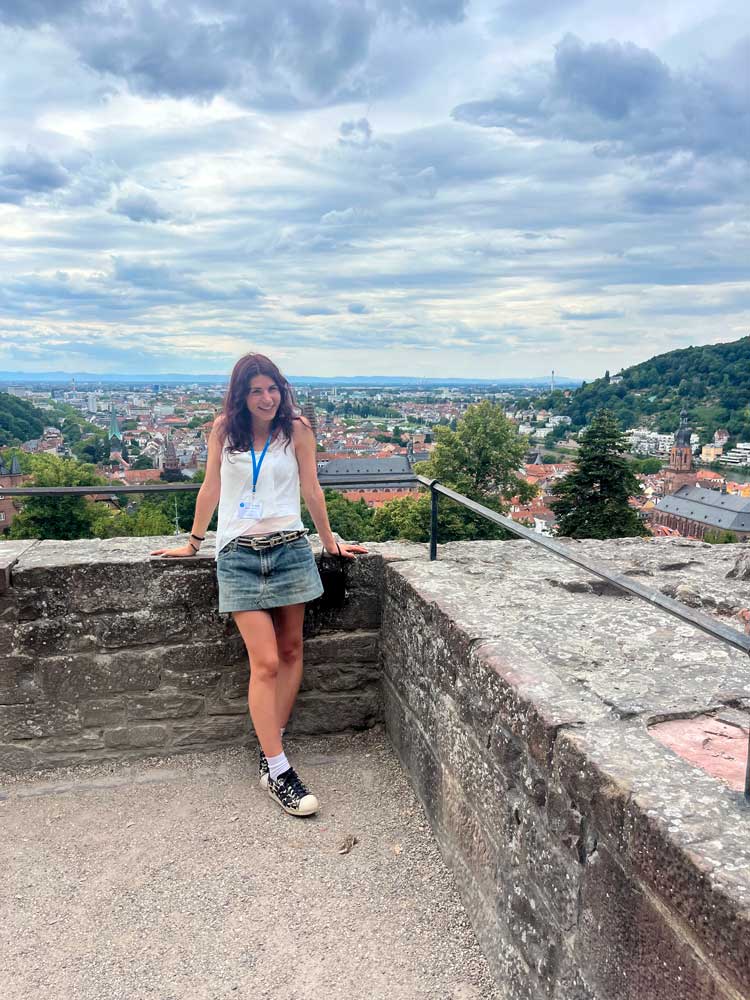
Mary Cotter is pursuing many threads of research into energy production and conservation, specifically developing models of district energy systems using an open-source library. (Contributed photo)
“I worked on a project called ‘Eco-Friendly Energy Systems in Urban Districts: Planning and Simulating,’” Cotter said. “I specifically developed models of district energy systems using an open-source library called (open energy modeling framework). I then used a solver to simulate and optimize the models.
“The cumulative implication of my research is that development of innovative approaches to energy systems is necessary to limit fossil fuel dependency and avoid resource crises and environmental destruction.”
Cotter focused on district energy systems that use central plants to generate hot water or chilled water. That energy then flows through insulated pipes to heat or cool nearby buildings. These systems can serve a variety of places, including business districts, university campuses, hospitals and health care facilities, airports, military bases and industrial complexes.
“Combining the energy requirements for multiple buildings allows district energy systems to create economies of scale that reduce energy costs and enable the use of high-efficiency technologies, including emerging and renewable ones,” Cotter said. “I have great interest in geothermal energy storage because of its efficiency as well as its flexibility to integrate into existing energy infrastructure. I am particularly interested in thermal modeling at many different scales, because I believe that novel thermal management solutions of many kinds will be needed to ensure our shared future.”
Cotter said climate change is the defining challenge of the current times.
“I ultimately aim to use my engineering degree and research experiences to design innovative energy systems and lead their implementation,” she said. “I am hopeful in the power of science and engineering to create many separate solutions that work together to overcome this challenge.”
